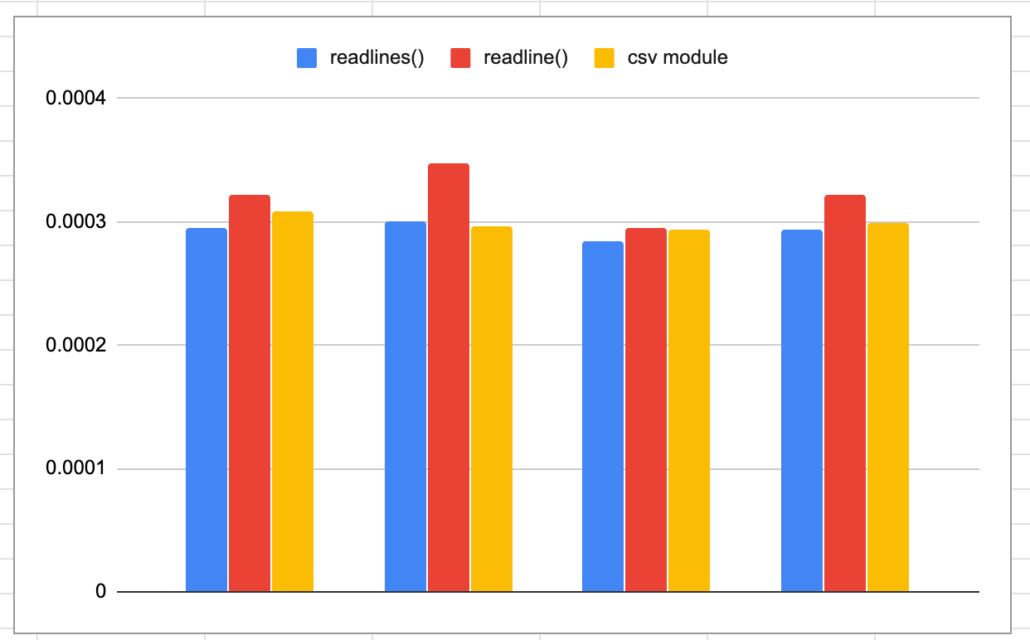
If there was ever a match made in heaven, it’s using Python and Postgres together. They were made for each other. Both are fun and easy to use, addicting, both have so many surprises and hidden gems. Like Gandalf and Frodo, the two just go together. Today I want to go through the basics of interacting with Postgres using Python. In the beginning of my data career this was often a point of pain, even though it seems like it should be easy. Let’s hit on the basics and then a few of the not-so-obvious things I wish I would have known in the beginning.
Read more








